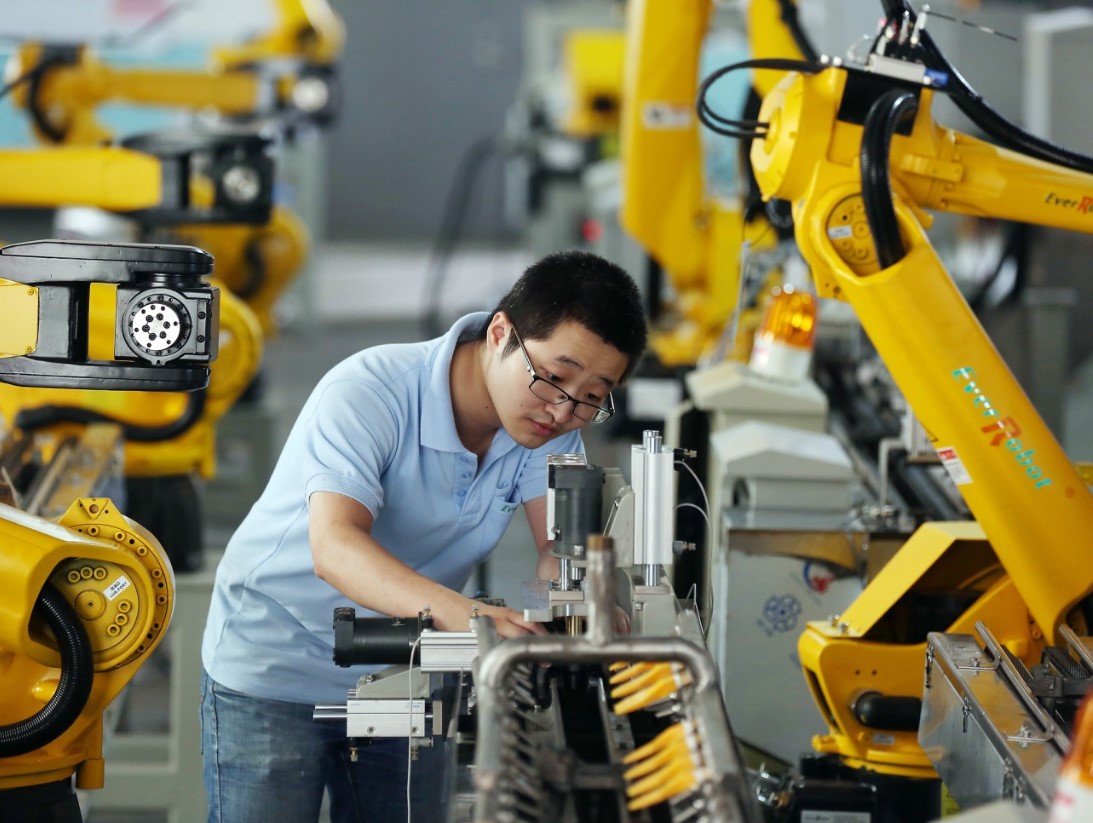Robots are no longer just mindless machines performing repetitive tasks. With advancements in AI and machine learning, polyfunctional robots—capable of switching between multiple roles—are revolutionizing industries from manufacturing to healthcare. As they become smarter and more adaptable, the question isn’t just what they can do, but how they will reshape our lives.
A New Era of Robotics: More Than Just One Trick
For decades, robots were designed with one job in mind—painting cars, assembling electronics, or handling materials. That’s changing fast. Today’s polyfunctional robots can weld in the morning, inspect products in the afternoon, and transport inventory by night, all without human intervention.
Hospitals, warehouses, and even retail spaces are embracing this new wave of automation. Instead of investing in multiple specialized machines, companies are deploying a single intelligent robot that can handle diverse tasks. This flexibility isn’t just convenient—it’s a game-changer for cost savings and efficiency.

How Polyfunctional Robots Are Transforming Key Industries
Manufacturing: Adapting on the Fly
Walk into a modern factory, and you’ll find machines that do more than just one thing. Gone are the days when each robot had a single function.
- Automotive giants like Tesla and Toyota now use robots that assemble, inspect, and even autonomously adjust their own tools.
- Companies like FANUC and ABB Robotics have developed modular robotic arms that switch between welding, cutting, and assembly without manual reprogramming.
This level of automation isn’t just about replacing workers—it’s about enhancing productivity while reducing errors.
Healthcare: Beyond Robot Surgeons
Surgical robots like the da Vinci system have been assisting doctors for years, but polyfunctional robots are expanding their reach in hospitals.
- Some assist in surgeries, while others deliver medications or sanitize rooms.
- Japan’s aging population has led to the rise of robots that provide emotional support and patient care.
- AI-powered exoskeletons help rehabilitate stroke patients, adapting to their needs in real time.
With labor shortages affecting healthcare, these robots are proving to be indispensable.
Warehouses and Logistics: Smarter, Faster, and More Efficient
Ever wonder how Amazon delivers millions of packages daily? Robots are a big part of the answer.
- Boston Dynamics’ nimble robots pick, pack, and transport goods, adjusting to demand spikes instantly.
- Autonomous forklifts navigate warehouses without human supervision, preventing accidents and speeding up deliveries.
Retailers and logistics companies are increasingly relying on these machines to stay ahead in the fast-moving e-commerce landscape.
Agriculture: High-Tech Farmers in the Fields
Farming is labor-intensive, but polyfunctional robots are stepping in to change that.
- Machines from Agrobot plant seeds, analyze soil, and harvest crops—all in one system.
- Drones equipped with AI assess crop health and deploy targeted pesticides, reducing waste.
With global food demands rising, automation in agriculture is no longer a luxury—it’s a necessity.
RoboCup and Tesla’s Optimus: A Glimpse Into the Future
If you think robots are still clunky and slow, watch RoboCup. This international soccer tournament pits AI-powered robots against each other, testing their ability to dribble, pass, and score. The long-term goal? A robot team that can beat human World Cup champions by 2050.
Meanwhile, Tesla’s humanoid robot, Optimus, is designed to handle general-purpose tasks. In 2023, it demonstrated impressive dexterity, from sorting objects to cooking an egg. Elon Musk predicts that by 2025, thousands of these robots will be working in Tesla factories.
Boston Dynamics’ Atlas robot is another marvel—capable of parkour, backflips, and complex maneuvers. This level of agility is paving the way for humanoid robots that can perform physically demanding jobs.
What’s Next? A Future Where Robots Do More Than Work
The impact of polyfunctional robots goes beyond efficiency. Imagine a world where:
- AI-powered butlers prepare your coffee and manage your schedule.
- Smart cities are maintained by self-repairing robotic systems.
- Space exploration relies on autonomous machines building off-world colonies.
This isn’t science fiction—it’s the reality we’re moving toward. As robots become more intelligent and integrated into daily life, the biggest shift won’t just be in industries. It will be in how we, as humans, adapt to a world where machines don’t just assist—they collaborate.









